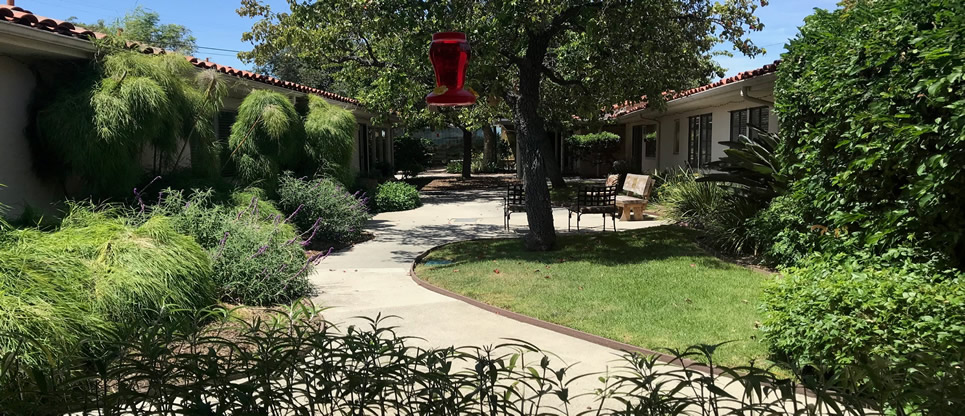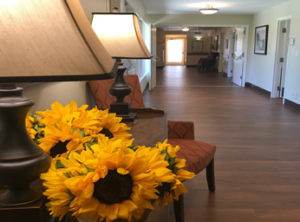by Luciana Mitzkun Weston, Villa Alamar Community Services Director
Dementia relates to an overall loss of cognitive abilities, often affecting memory, reasoning, organization, language, attention, abstraction, and perception.
Deficits in most of these areas can be easily identified by the caregiver. We can all understand the difficulty someone might have with word finding or performing a multi-step task, such as planning the week’s meals. However, caregivers seem to have a much harder time understanding difficulties in perception and, in particular, visual perception.
Visual perception is an important brain activity that most of us don’t even realize we are performing. We trust our eyes to capture images of the world we live in, and we rely on these images to be correct representations of our environment. Seeing appears to be instantaneous and effortless.
Our brains, however, are constantly processing these images, recognizing and charting them against previously acquired knowledge. The brain unconsciously analyses the position of each image, its movement, size, color, and shape, and finally reconstructs those pieces into our own view of the world.
Basically, what we see is what our brains make of the visual images our eyes capture. This is visual perception, and it is a unique experience for each of us.
Visual perception is often affected as dementia progresses. Although the brain continues to work hard to make sense of visual information, it begins to misinterpret what the eyes see.
This kind of misinterpretation may cause some unforeseen challenges to caregivers, who do not notice the perceptual difficulties because perceiving is something we all do without ever noticing it. We take it for granted.
An environment designed for the comfort and care of dementia patients must accommodate for changes in visual perception. Lighting, visual contrasts between floors and walls, and the use of color can help people with dementia better navigate their surroundings.
When designing or evaluating a dementia-friendly home beware of floors with three-dimensional patterns (such as in tiles) that can cause the person to become uncertain of her footing which can cause them to trip and fall. Dark-colored areas on rugs can be misinterpreted as holes in the ground and become an impassible barrier. Mirrors can also be problematic. They reflect images that people with cognitive impairment may not recognize as their own and may interpret their reflection as a “strange person in the room constantly watching me”. This kind of experience can be scary and set in motion a negative mood that lasts for the rest of the day.
It is important to make things as simple and clear as possible. Eliminate clutter and other elements that might be contributing to confusion and agitation. Slight modifications to accommodate perceptual deficits can greatly enhance the sense of well-being and confidence of a person with dementia.
Villa Alamar is meticulously designed to provide residents with clear pathways and support their ability to move through different environments, thus promoting feelings of self-reliance and well-being. Residents walk confidently from rooms to outdoors, dining rooms to social activity areas, while experiencing sounds, scents, artworks, and nature features that are both soothing and stimulating.
The easiness with which our residents navigate our community and the sensory-richness of our carefully maintained environment are some of the reasons why our home is uniquely qualified to care for dementia patients.
If you’d like to learn more about creating a dementia-friendly home, please contact us and schedule a tour. We look forward to offering you a tour and will be happy to show you what makes Villa Alamar a model in dementia care.
Call to schedule a tour:
805-682-9345


